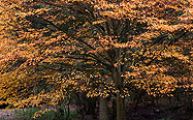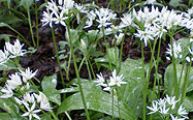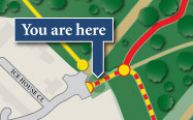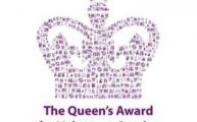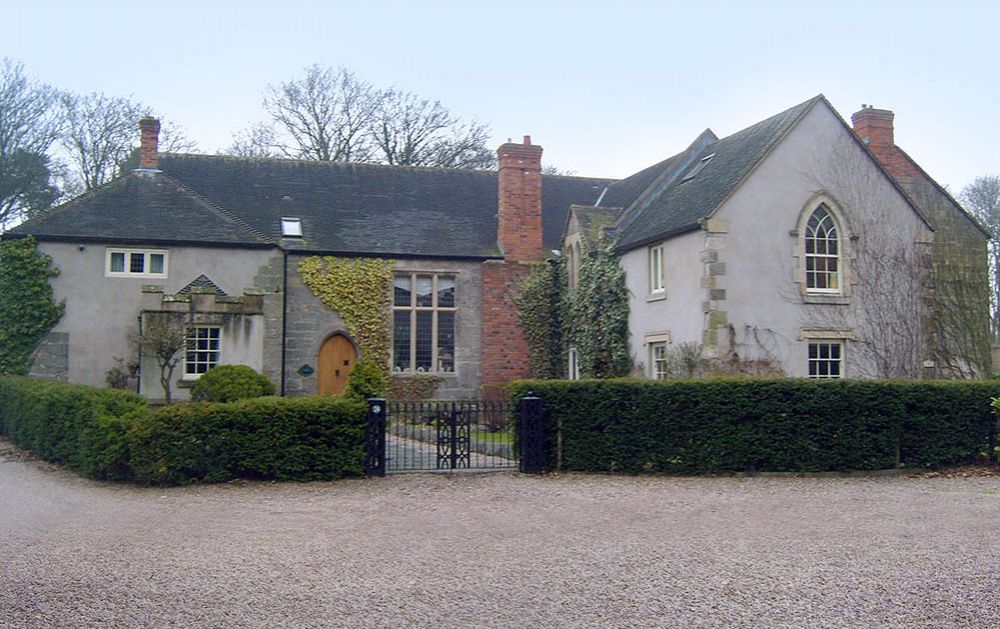


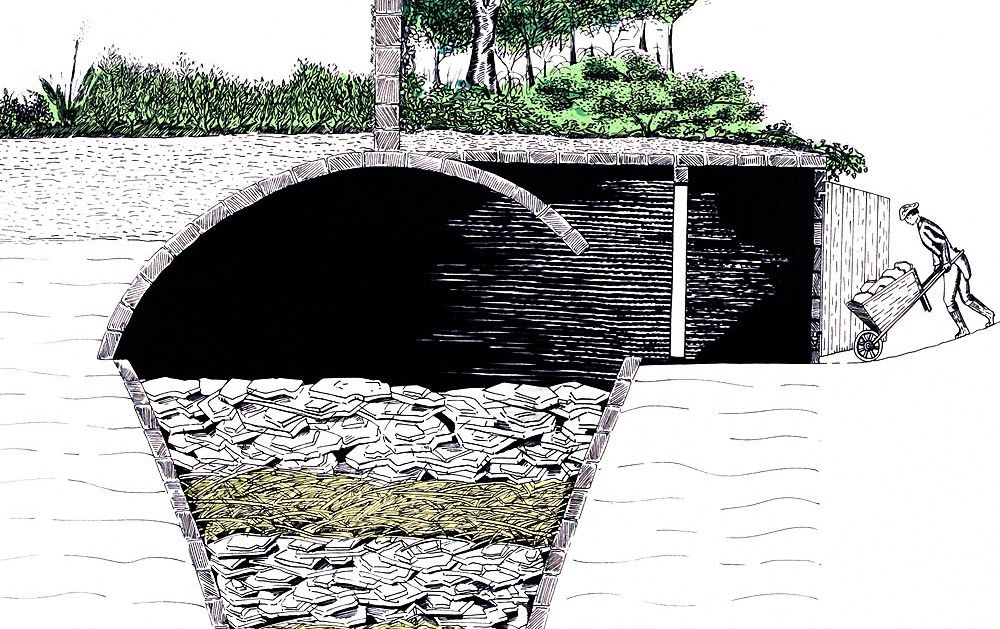
History
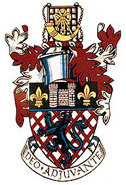
Apley Castle has played a vital part in the history of Shropshire and it has a fascinating and colourful tale to tell. Home to the High Sheriffs of Shropshire, Apley Castle and its owners, the Charlton family, are vividly recalled in Wellington's official Coat of Arms.
Select one of the areas below to find out more about the history of Apley Castle.
The historical importance of Apley Castle
Apley and the Civil War
Apley was to play a role during the Civil War.
Read more...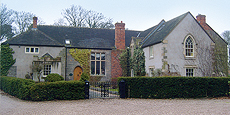
Apley Castle
The original Apley Castle still stands today adjacent to the west side of the woods. Built around 1270, the Castle has undergone numerous alterations during its history and was even surrounded by its own moat.
This Grade 2* listed castle was renovated in 1996 and is now 8 privately owned properties.
Read more...
Apley to the Present
The site of the Georgian Apley Castle is now marked only by a group of silver birch trees but the gardens laid out to enhance the Mansion are still visible. The woods are being carefully restored by the Friends of Apley Woods in partnership with owners Telford & Wrekin Council and other interested parties.
Read more...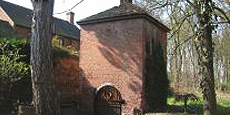
Apley Woods Dovecote
Dovecotes in the UK have been in existence since the middle of the 12th Century. Their purpose was to raise pigeons, to provide fresh, luxury meat for tables of the wealthy and the erection of a dovecote was controlled and granted under royal license.
There is a misconception that pigeons provided winter food as a change from salted meats but there are records to show that fresh beef, mutton and pork were readily available all year round.
Read more...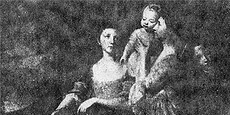
The family and its Origin
The family and the buildings of Apley Estate have played a significant part in the history of England from medieval times.
The first mention of the Cherleton (Later Charlton) family occurs around 1175 and by 1300 the name was already firmly linked with that of Apley (one of the berewicks of wellington, mentioned in Domesday).
Read more...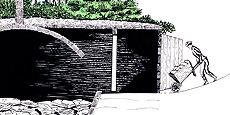
The Ice House
When King Charles II had cherries, strawberries and ice cream served at a special occasion in April 1667 it caused quite a sensation. An outside ice house which permitted the King to present such delicacies in Spring was soon a feature of many wealthy estates. Exactly when Apley's ice house was built is unknown.
Read more...
The Mansion House
St John Charlton (Francis Charlton's grandson) willed his residuary estate to his son St John on the express condition "that he expands the residue on building a convenient Mansion House, with proper offices and other improvements on the site or near Apley Castle, for the habitation of himself and his family".
Plans for the new house were approved in October 1791. Costing £4622 and 8 shillings, the contract stipulates "The bricks to be made on the estate. Anything required to be taken from the old house, which at the same time is to be turned into the stables and outhouses."
Read more...

Apley and the Civil War
Apley was to play a role during the Civil War.
Read more...
Apley Castle
The original Apley Castle still stands today adjacent to the west side of the woods. Built around 1270, the Castle has undergone numerous alterations during its history and was even surrounded by its own moat.
This Grade 2* listed castle was renovated in 1996 and is now 8 privately owned properties.
Read more...
Apley to the Present
The site of the Georgian Apley Castle is now marked only by a group of silver birch trees but the gardens laid out to enhance the Mansion are still visible. The woods are being carefully restored by the Friends of Apley Woods in partnership with owners Telford & Wrekin Council and other interested parties.
Read more...
Apley Woods Dovecote
Dovecotes in the UK have been in existence since the middle of the 12th Century. Their purpose was to raise pigeons, to provide fresh, luxury meat for tables of the wealthy and the erection of a dovecote was controlled and granted under royal license.
There is a misconception that pigeons provided winter food as a change from salted meats but there are records to show that fresh beef, mutton and pork were readily available all year round.
Read more...
The family and its Origin
The family and the buildings of Apley Estate have played a significant part in the history of England from medieval times.
The first mention of the Cherleton (Later Charlton) family occurs around 1175 and by 1300 the name was already firmly linked with that of Apley (one of the berewicks of wellington, mentioned in Domesday).
Read more...
The Ice House
When King Charles II had cherries, strawberries and ice cream served at a special occasion in April 1667 it caused quite a sensation. An outside ice house which permitted the King to present such delicacies in Spring was soon a feature of many wealthy estates. Exactly when Apley's ice house was built is unknown.
Read more...
The Mansion House
St John Charlton (Francis Charlton's grandson) willed his residuary estate to his son St John on the express condition "that he expands the residue on building a convenient Mansion House, with proper offices and other improvements on the site or near Apley Castle, for the habitation of himself and his family".
Plans for the new house were approved in October 1791. Costing £4622 and 8 shillings, the contract stipulates "The bricks to be made on the estate. Anything required to be taken from the old house, which at the same time is to be turned into the stables and outhouses."
Friends of Apley Woods are now on Facebook.
You can now follow Friends of Apley Woods on Twitter




